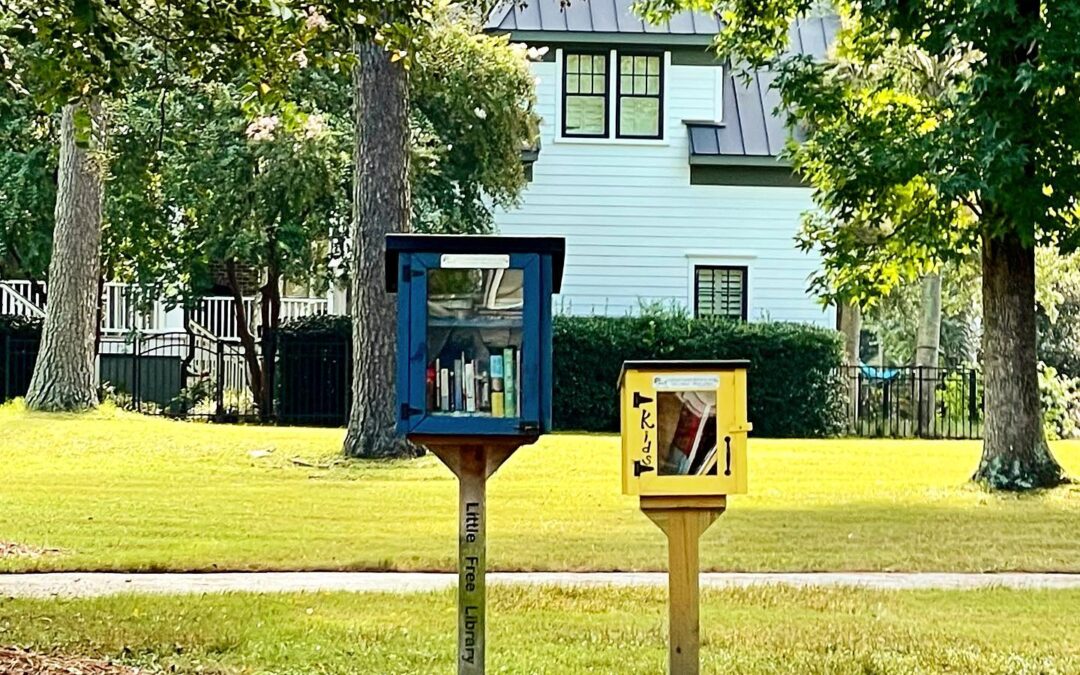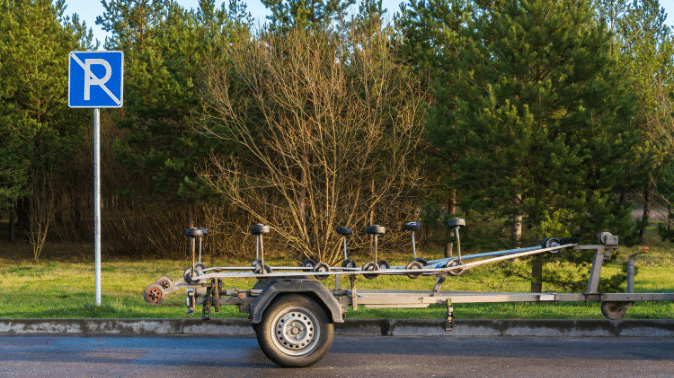Similar to dolphins, alligators, and coyotes, snakes are a part of life in the Lowcountry. There are 38 species of snakes in South Carolina, but only six species are venomous. It is far more common for people to encounter a non-venomous species than a venomous one. In general, like many of the other species of Lowcountry wildlife, snakes are non-aggressive when left alone.
SCDNR Frequently Asked Questions:
Q: What are the six species of venomous snakes found in South Carolina?
A: The six venomous species are the coral snake, pigmy rattlesnake, cottonmouth (aka water moccasin), copperhead, canebrake or timber rattlesnake, and the eastern diamondback rattlesnake. Of these six species only two occur statewide (canebrake/timber rattlesnake and copperhead), and just three are considered to be common in their ranges (copperhead, (cottonmouth, water moccasin), and timber rattlesnake).
Q: Are there any visual clues I can look for on a snake to determine if it is venomous or not?
A: There are some general characteristics to look for to determine if a snake is venomous. Five of the six species in South Carolina are pit vipers (pigmy rattlesnake, cottonmouth (aka water moccasin), copperhead, timber rattlesnake, and the eastern diamondback rattlesnake) and have a heat-sensing pit between the eye and nostril. Our pit vipers tend to be relatively heavy-bodied or stout snakes. They will have large triangular or arrow-shaped heads, but some non-venomous species are able to flatten their bodies and make their heads appear larger and more triangular. The pit viper’s eyes have elliptical pupils, like a cat’s eye.
The coral snake is not a pit viper and does not have the characters listed above. It is in the same group of snakes as the cobra. It is brightly colored in red, yellow, and black bands, and is rarely encountered. In the coral snake, the red bands touch the yellow bands. There are two species of non-venomous snakes that resemble the coral snake, but the red bands DO NOT touch the yellow bands. There is an easy rhyme to help remember which snake is which: “Red on yellow kills a fellow; Red on black venom lack”.
Q: Do snakes ever attack or chase people?
A: The basic answer is no – most snakes either lay perfectly still – or flee when approached by a person. But the word “ever” covers a lot of territories and the fact is that on rare occasions in mid-springtime some people, including herpetologists, have reported being advanced upon by adult black racers. In some cases this is simply the snake trying to get to its “home hiding place” and the person was in the way. In these cases, the advancing snake simply goes right past the person onward to its destination. But there have also been cases of black racers approaching and striking at people who did not provoke them. However, by far the most common response from black racers is to speedily “race away” from any person. Black racers are non-venomous and any bite by them would be like a scratch from a bramble.
Q: How often do snakes shed their skin?
A: The outer layer of a snake’s skin does not grow. So, as the snake grows, it periodically sheds this outer layer. The frequency of shedding relates to the rate of growth. Young snakes grow faster than adults and thus shed more frequently. On average, a healthy adult snake will shed it skin 2-4 times a year.
Q: How can I keep snakes from coming into my yard (or, how can I get rid of the ones that I see there)?
A: There is no known method to eliminate snakes from your property. Because of the possible habitats provided on your property, and because of the habitats on adjacent lands, there is always the chance that you will have some snakes on your property. However, some things that you can do are beware that they will be attracted to wood piles, remote outbuildings, fallen logs, mulch piles, and other natural ground cover items. Remove or relocate these items accordingly.
Q: What should you do if bitten by a venomous snake?
A: The best advice is to try to remain calm and get to a hospital as soon as possible. Call 911 if that is appropriate and if possible take a cell phone photo of the snake (from a safe distance) to show to the physician.
Q: Do non-venomous snakes bite?
A: Yes, some do. Many individuals of our larger non-venomous snakes (rat snakes, racers, water snakes, garter snakes, etc.) may bite when first handled (some with great enthusiasm), others not. And, if it’s a big snake it can cause some bleeding as from a scratch by a briar. Though it’s not a serious wound, you will feel it. Most of the smaller species (worm snakes, ringneck snakes, green snakes, brown snakes, etc) do not bite.
Q: Are you interested in learning more about snakes, lizards, frogs, and related wildlife?
- Obtain copies of some of the books listed on the SCDNR website HERE. Local libraries may have copies of some of these books, and related books, for you to borrow.
- Watch the S.C. State Parks Web site at https://southcarolinaparks.com/. Check the “events and programs” item. You will likely find several convenient opportunities over the course of a year to participate in a ranger-led program or field trip relating to snakes and other reptiles.
- Many people interested in snakes or other reptiles and amphibians eventually want to keep one or more as a “pet.” There are many books that provide information on this subject. But, never try to handle, capture, or keep a wild or venomous snake.
*Information and graphics are sourced from the South Carolina Department of Natural Resources (SCDNR) Website.
Interested in other local wildlife? Check out our FAQs HERE for Alligators and Coyotes.







